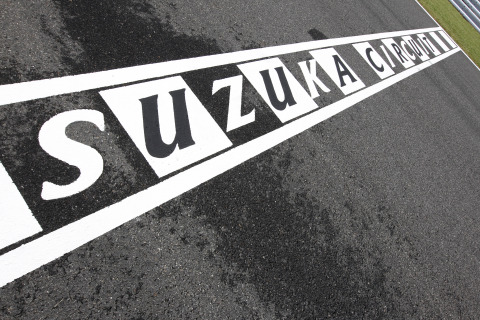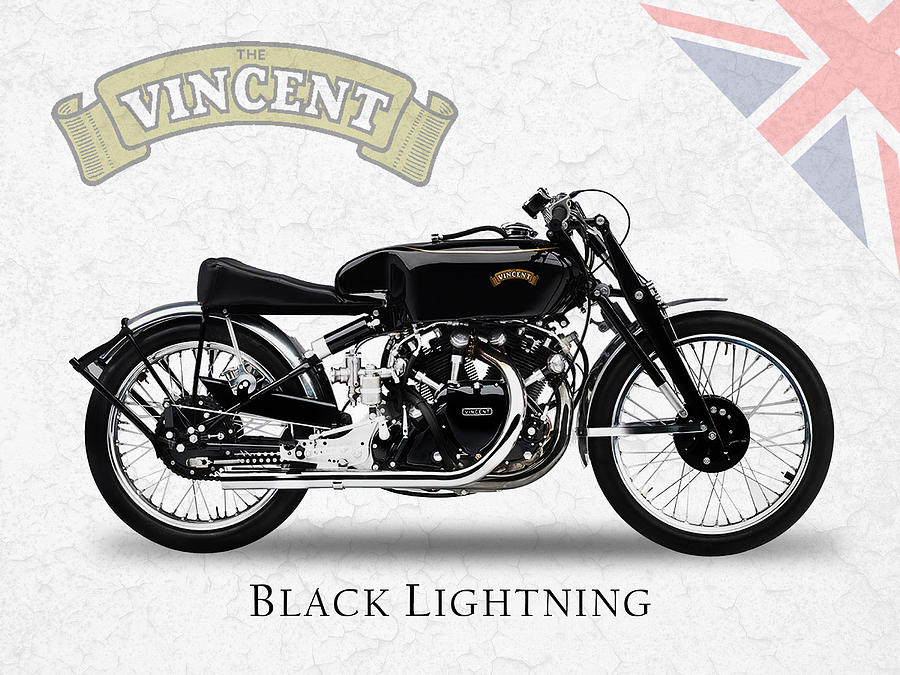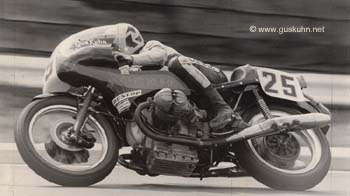






Nearly 100,000 fans turn out for Japan's Suzuka Circuit's inaugural motorcycle race, the All Japan Championship Road Race.
Ireland's Tommy Bobb, riding a Yamaha, wins the 17-lap, 102 kilometer 125cc Class race in a time of 52 minutes 9.0 seconds, Canadian Frank Perris, on a works Suzuki, finishes second with a time of 52 minutes 42.5 seconds.
Jim Redman of Southern Rhodesia wins the 350cc Class aboard his Honda by .07 seconds over Homeboy Gen Kitano riding for Suzuki. Jim Redman would claim Championships in both the 250cc and 350cc Class in 1962.
Suzuka Circuit was originally built as a test track for Honda (at a cost of $15 million) and designed by Dutch racing legend John "Hans" Hugenholtz, the 5.8 kilometer 17-turn circuit is rare in that it features a Figure-8 layout utilizing an overpass under the back straight. This allows the circuit to be used in three configurations.
Today in motorcycle history proudly supports the National Association for Bikers with a Disability (NABD). www.nabd.org.uk
Today in motorcycle history proudly supports the National Association for Bikers with a Disability (NABD). www.nabd.org.uk























